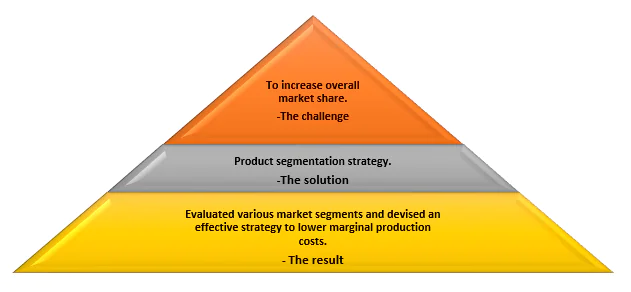Anticorrosive protection, nano-coatings, and low-VOC content coats are a few of the newly developed concepts available in the present market for paints and coatings.
Paints and coatings act as a shield that safeguards products from wear and tear during their lifespan. They also enhance the texture and appearance of products and make them more durable and aesthetically pleasing. Paints and coatings are used virtually everywhere from homes and offices, furniture and corridors to cars and toys.
The paints and coatings manufacturing segment is one the most highly regulated industries in the world. The regulations pertaining to the manufacture of paints and solvents have forced manufacturers to adopt low-solvent and solventless technologies. The demand for paints and coatings is fueled by its growing utilization in end-user sectors such as marine, automotive, and construction.
Although the global paints and coatings industry is proliferating, several challenges are restricting their growth prospects. A few factors include:
- Increase in raw material prices- Commodity costs are very important for manufacturers of paints and coatings, as it is a raw material intensive industry. More than 50% of the operational costs are allocated to raw materials. A rise in the prices of raw materials, therefore, affects the final pricing of the products.
- Quality audits- Players in the chemical industry have to abide by numerous government and regulatory compliance. Therefore, it is essential to carry out quality audits and ensure data traceability across the business platforms.
Challenges such as these are driving leading paints and coatings manufacturers across the globe to leverage the use of Infiniti’s product segmentation strategies. With the help of our product segmentation strategy,  companies can gain a holistic view of the latest trends and identify opportunities to capture additional shares in the market.
companies can gain a holistic view of the latest trends and identify opportunities to capture additional shares in the market.
The Business Challenge
The client: A prominent paints and coatings manufacturer
Objective: Assisted the paints and coatings manufacturer to reduce the cost of developing radically different products.
The client, a global paints and coatings manufacturing firm in the US, wanted to lower their marginal production costs. As such they were looking at increasing their overall market share in the US while decreasing the cost of developing radically different products. They also wanted a detailed report on the latest trends in the chemical industry, their business process, management tools, and linkages to internal organizational touch points to increase the effectiveness of the resources and achieve their business objectives.
Result: The product segmentation strategy enabled the client to identify potential market segments and focus on specific groups to increase sales.

Want more information about our product segmentation strategy solutions for the chemical industry?
The Journey
Infiniti’s product segmentation experts carried out extensive research comprising interviews and discussions with leading stakeholders in the paints and coatings industry space to help the client achieve an integrated customer development process. The experts also compiled information from a wide array of secondary sources such as paid industry databases, company presentations, and industry forums.
The Solution and the Business Impact
Infiniti’s product segmentation strategy enabled the client to improve product sales while lowering their overall production costs. Leveraging product segmentation also helped them evaluate the profitability of individual items within the product family. Moreover, the product segmentation solution assisted them in further refining their segmentation model.
The Future
The growth in technology and a rise in regulatory compliances in the global paints and coating industry has resulted in the development of low VOC products. Manufacturers across the globe have also made use of such developments to improve their paints and coatings in multiple ways.
Owing to the ongoing focus on research and development and product innovation, many of the greener alternatives manufactured, exceed traditional high-VOC products. Moreover, significant developments in water-based technology have positively impacted the future growth opportunities in this market.



